- Inverter
- 2-bit full adder
- 8-bit And
- 4-1 MUX
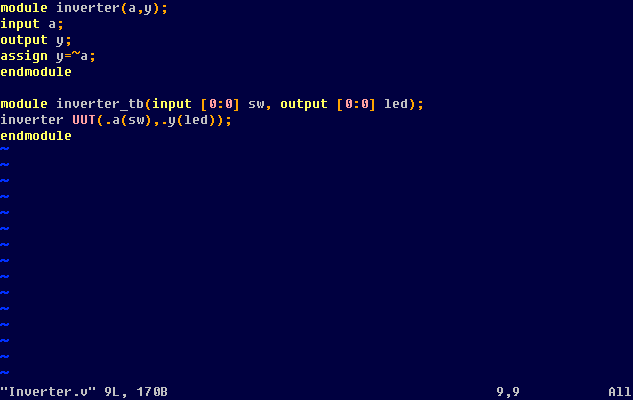
Figure 1: Inverter code.
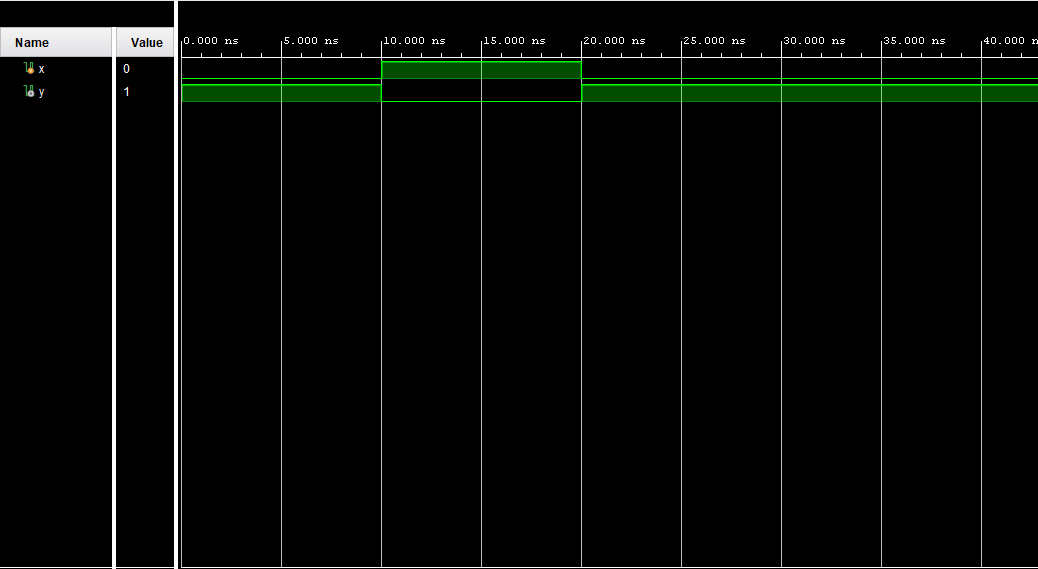
Figure 1.1: Inverter simulation.
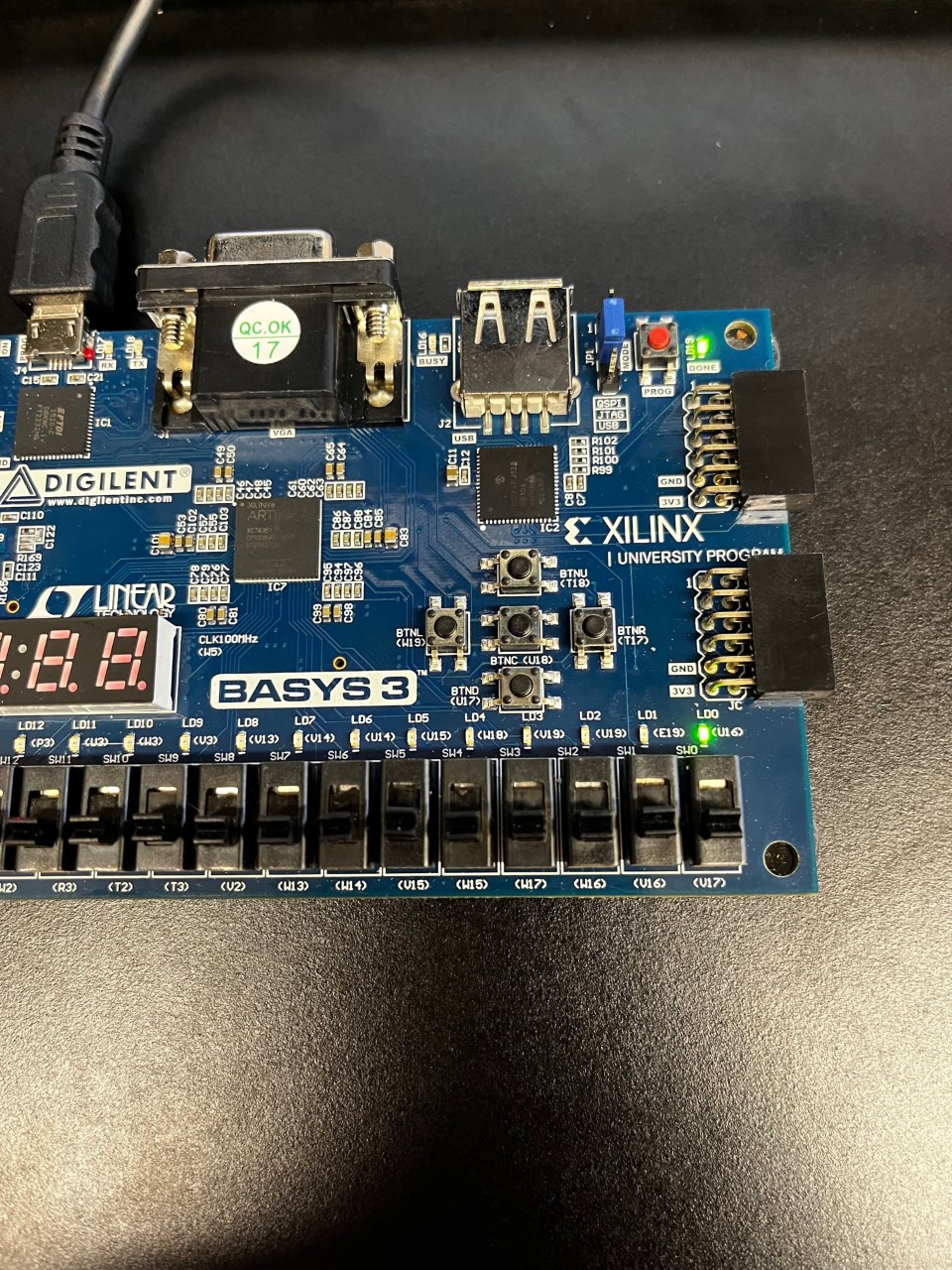
Figure 1.2: Inverter implemented ON output.
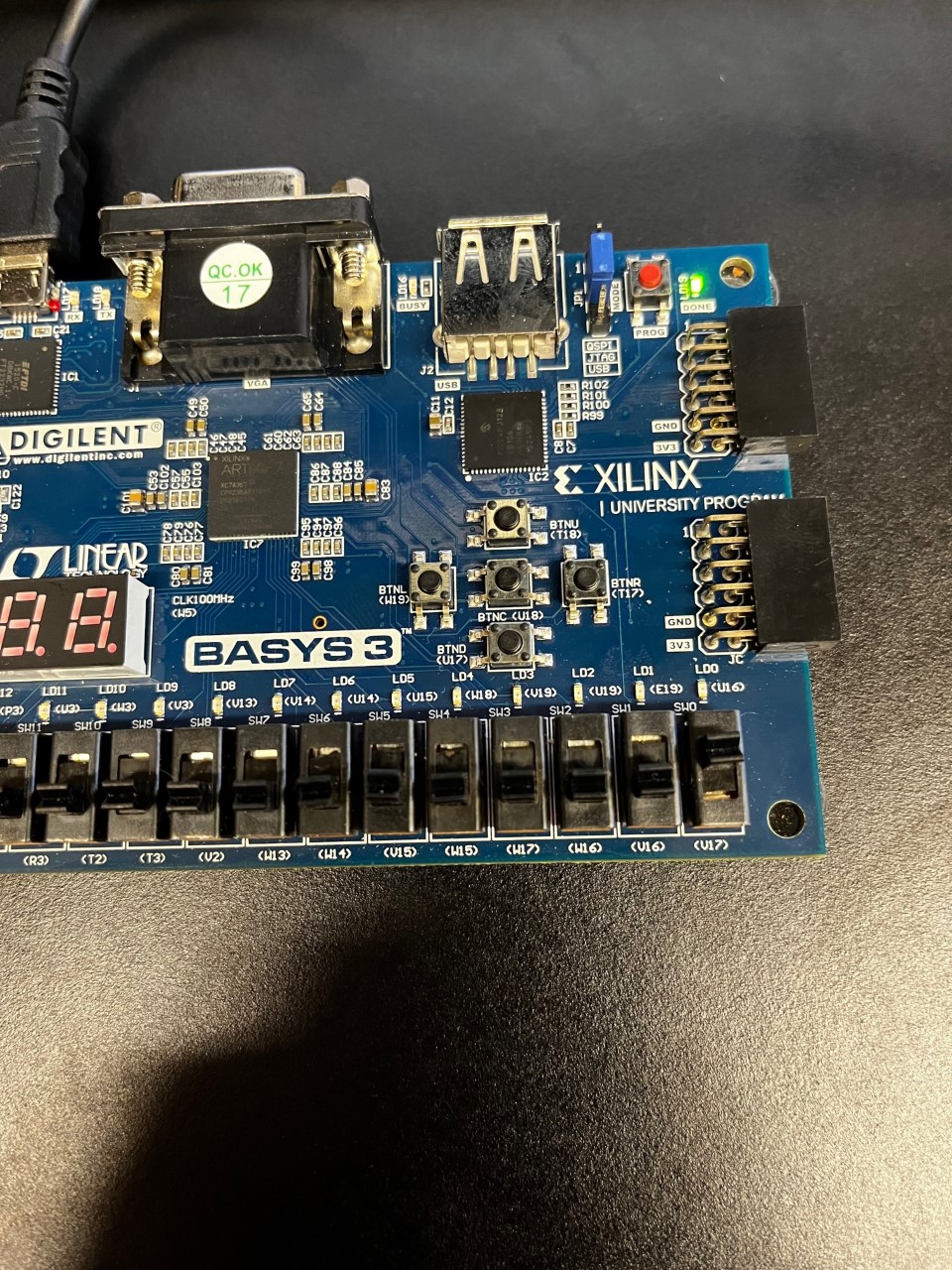
Figure 1.3: Inverter implemented OFF output
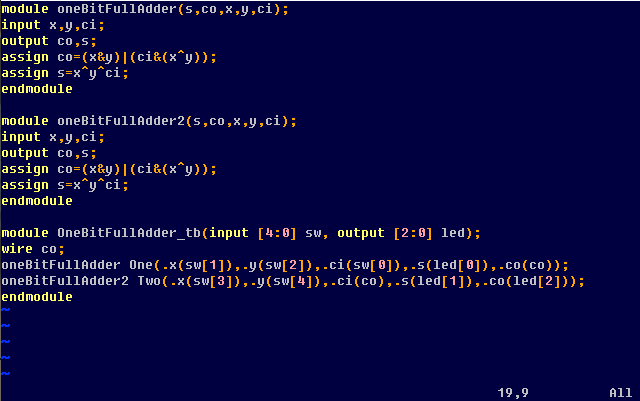
Figure 1.4: 2-bit full adder code.
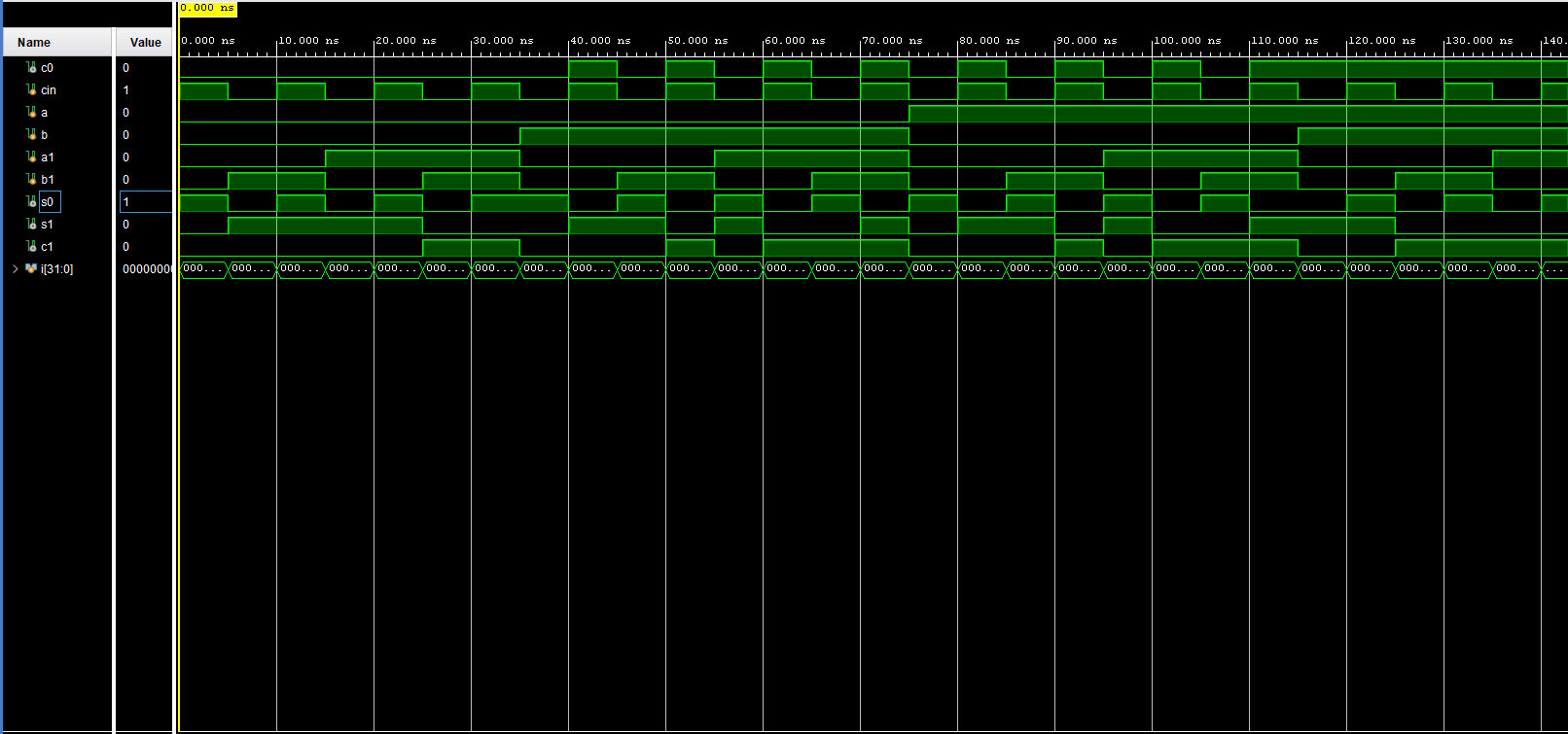
Figure 1.5: 2-bit full adder simulation.
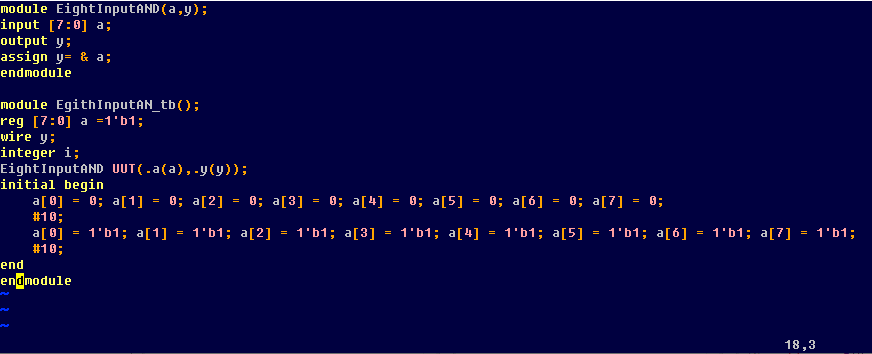
Figure 1.6: 8-bit AND code.

Figure 1.7: 8-bit AND simulation.
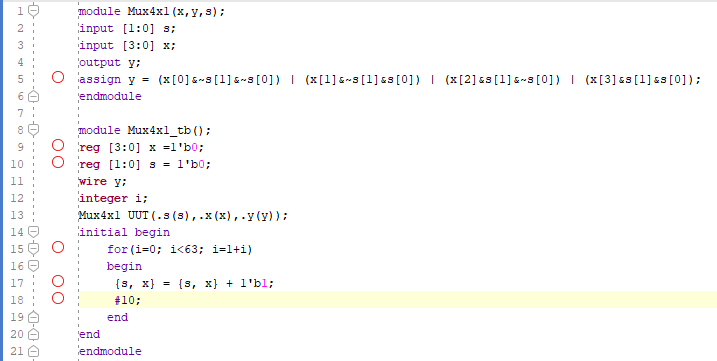
Figure 1.8: 4-1 MUX code.

Figure 1.9: 4-1 MUX simulation.
Task 2:
Using Verilog and Viado to
design a 'Running LED' program on the FPGA board.
SSDisplayCode.png
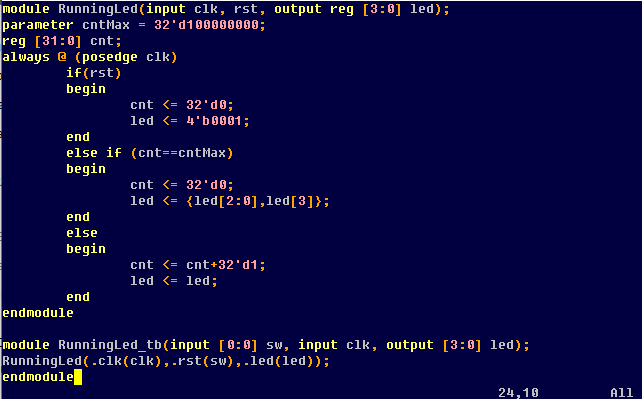
Figure 2: Running LED code.
Task 3:
Interface the switches with the 7-segment display on the board.
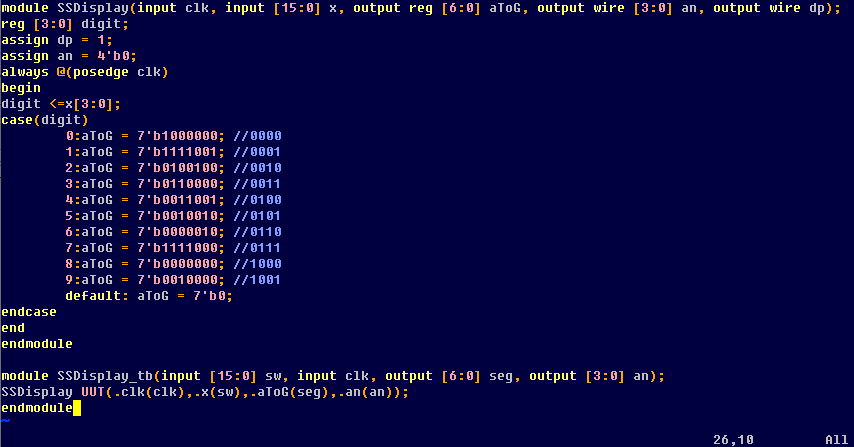
Figure 3: SSDisplay code for all sections.
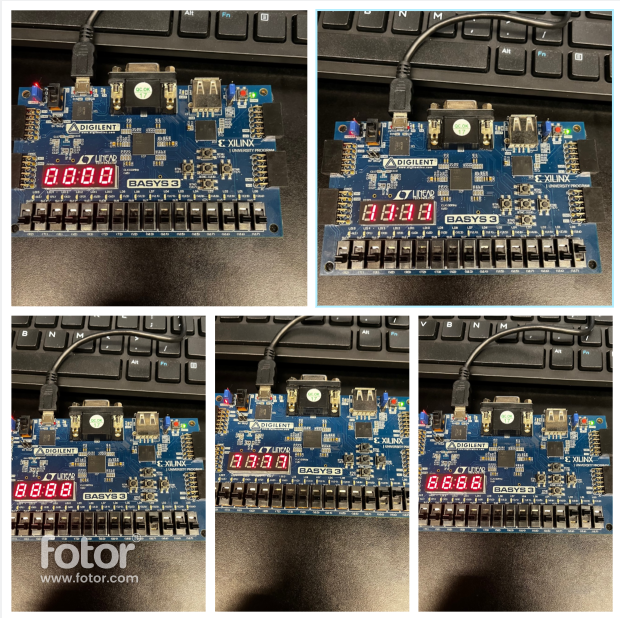
Figure 3.1: Implementation of SSDisplay to board.
Task 4:
Modify the code in task 3 to only show the number on one of the
displays.
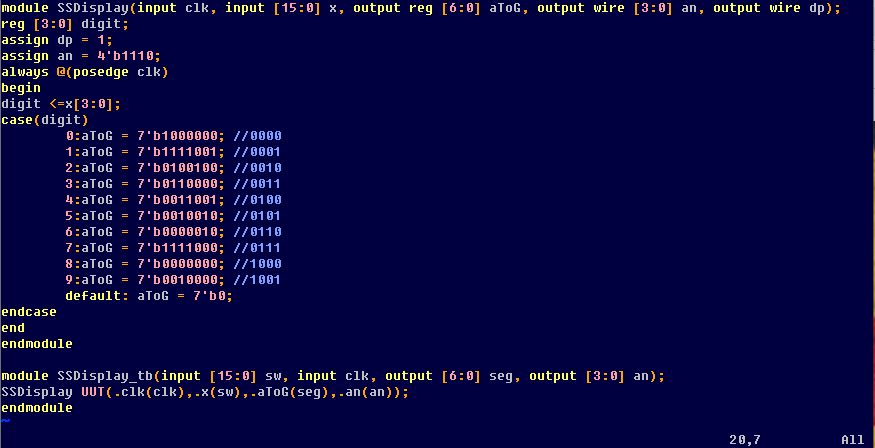
Figure 4: SSDisplay for only having one of the displays on.